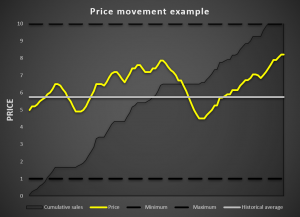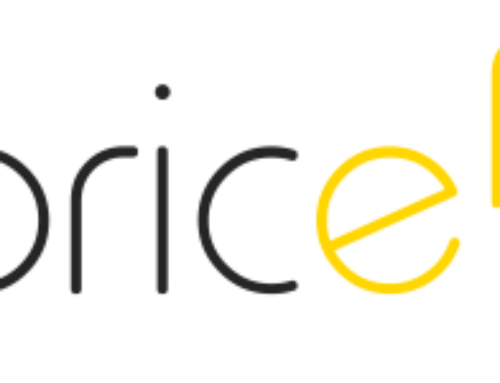Do you know the feeling when you go to the supermarket after a long and exhausting day at work? If you live in Finland, you know that it’s been dark all day long. Rain and snow is pouring down from the sky, and you can’t seem to hold up with all the projects at work. When you finally arrive to the store, you just want to buy your groceries and go home. However, as you come closer to the cashier, you see that you get 25 % off your favorite bag of candy! With all the darkness and stress, you buy the product as it makes you feel a bit better. The lower price leads to a higher marginal utility, making the purchase a bargain.
The above-mentioned story happens all the time to consumers from different backgrounds. It can happen at the supermarket, or when you’re at Zara looking for a new shirt. The psychological effects of sales offerings and quantity discounts are a well-documented phenomenon. This is a common strategy used by companies to trigger a purchasing decision in consumers. The basic argument is that with a fixed price, you set the anchor in the minds of consumers. Thus, when sales offerings and quantity discounts are introduced, customers view the new price as cheap relative to the original price. This then leads to a purchase.
This type of anchoring can be done with autodynamic pricing. As prices change constantly, there will surely be moments when the price is below e.g. the normal or average price. What you then could do, is to market and inform about this like a sales offering. The completely fictional picture below is an example of this. The blue arrow points to the lowest price point, which is about 20 % below the historical average of the price. By informing this percentage to the customer, you help the customer acknowledge that this is a deal they cannot overlook. Again, hotel and aviation industries have been doing this for a while too. We’ve all seen notifications and ads at booking places, that the price for e.g. a flight is now 30 % cheaper than normally. As autodynamic pricing becomes more common, this type of informing will become mainstream.

What should you do when the price is higher than normally due to high demand? In that case, you could trigger a call to action by informing that the demand is so high that you only have a couple of items left, for example. In this way, the customer understands why the price is high, and why they should be ready to pay. When you tell the reasoning behind the dynamic price, customers also find the price fairer, which increases customer satisfaction (as found by Lari, the newest member of our team).
This type of price informing will become more common in our opinion, and why shouldn’t it? Customers understand the reasoning behind the prices, while businesses gain larger profits. Moreover, businesses can market their prices like sales offerings, which trigger a call to action. These sales offerings will then make the customer feel better, like the fictive person in the beginning of the text. Simply put, this kind of price informing benefits both customers and companies.




